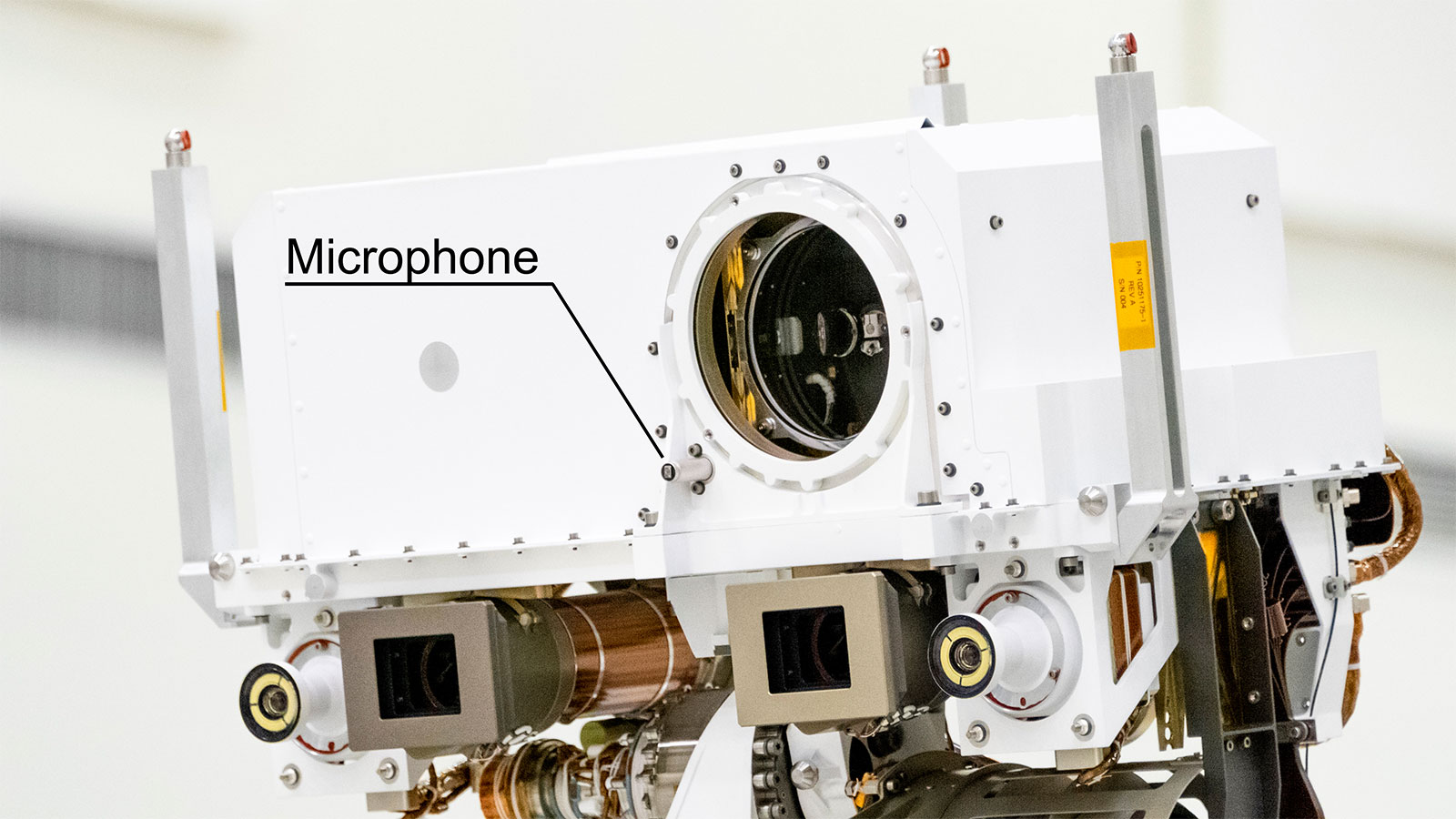3 min read

Recently a combination of instruments on the Perseverance rover has experienced a dust devil in a new way. The SuperCam Microphone recorded the sound of a dust devil while the navigation camera snapped pictures and the MEDA environmental station measured the drop in pressure as the dust devil passed over rover. The recording even catches the sound of dust grains hitting the rover. The results were published in a recent paper in Nature Communications.
Yes, Mars has dust devils. They were first noticed from orbit by the Viking spacecraft. Nearly every Mars rover has experienced them in some way. The twin rovers, Spirit and Opportunity, benefitted in a big way from the turbulent events. These two rovers were expected to last until their solar panels lost power due to dust accumulation sometime within the first year of landing. In fact, they lasted many years, thanks to the dust devils which occasionally cleared off their panels. The InSight mission landed in a less turbulent part of Mars and eventually did lose power without the devils’ clearing action.
I am quite familiar with terrestrial dust devils. My mother grew up on a ranch right where the borders of Oklahoma, Texas, and New Mexico meet. The area is prime dust devil country. Every few years my family would make the long trek from our home in the Midwest to visit this rather desolate area, watch our grandfather feed his cattle, and scan the dry countryside. Many a day we would see a dust devil in the distance. If we saw one nearby, we would run to get in its path, but we were rarely, if ever, successful. The devils were mysterious – they seemed to start randomly, and their characteristics, such as the height, size, and duration, also seemed random. As an adult scientist I now know that rising air during the warm part of the day causes instabilities, and dust raised by a gust warms the air further.
My childhood encounters with dust devils have made me feel at home working on Mars with its images and sounds of dust devils. The other day, I played the Mars dust devil recording to a friend and watched him grin. “Wow, that sounds just like wind on Earth!” was his enthusiastic response. Someday, young astronauts on Mars might chase after a dust devil, just like I did as a child visiting western Oklahoma.
Hear more audio recordings from Mars!
Written by Roger Wiens, Principal Investigator, SuperCam / Co-Investigator, SHERLOC instrument at Purdue University







